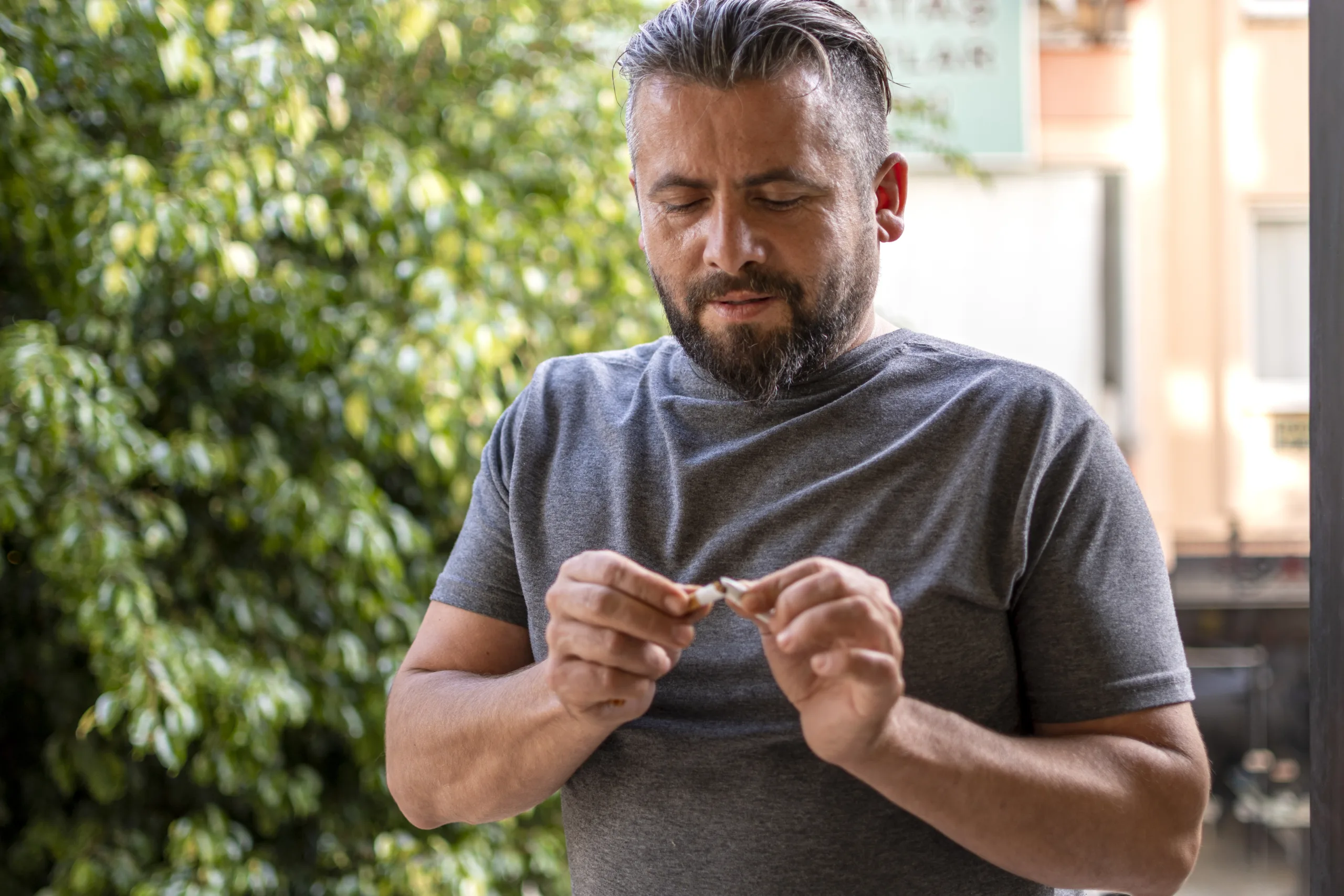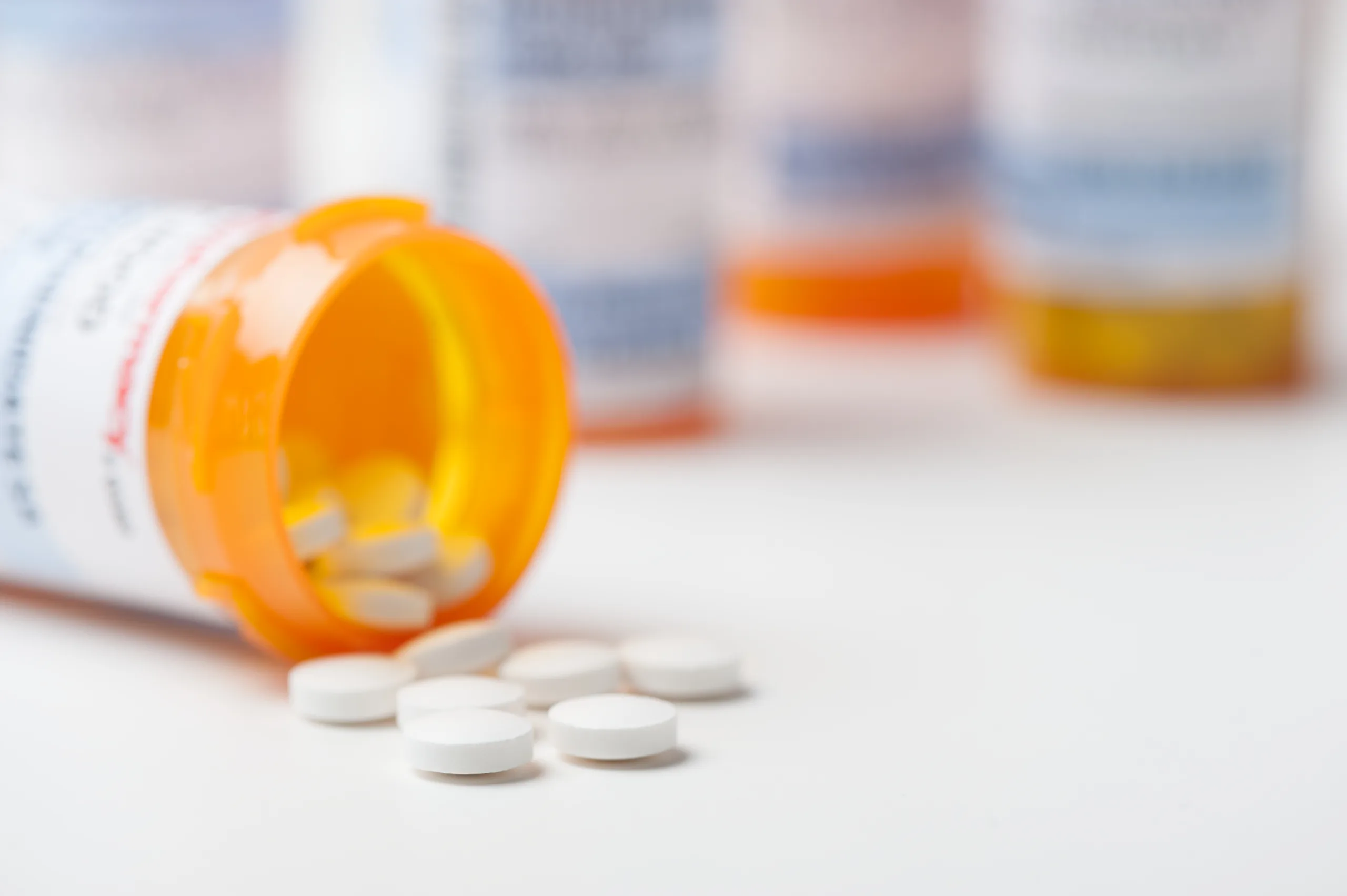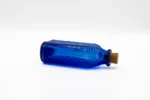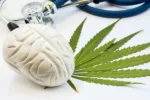What Is Pink Meth?

Understanding the Risks of a Dangerous and Misunderstood Drug
Every few years, a new drug—or a rumor about one—makes headlines or spreads across social media. One that’s recently come up again is “Pink Meth.” But what exactly is it? Is it a new drug, a myth or just meth with a twist?
In this blog, we’ll break down what Pink Meth really is (and isn’t), explore why its appearance matters and explain why it’s important to understand the risks of methamphetamine in all its forms.
What Is Pink Meth?
“Pink Meth” can refer to either a pink-colored form of methamphetamine or an internet myth.
In real life, Pink Meth is:
Regular crystal meth that’s been dyed or cut with pink coloring agents. It’s sometimes flavored or made to resemble candy or pressed into pill form. This is often done to:
- Make the drug look less dangerous
- Appeal to younger users
- Distinguish a specific “brand” on the street
Despite its appearance, pink meth is just as dangerous and addictive as any other form of meth.
As an internet rumor:
“Pink Meth” has also been the subject of urban legends, sometimes tied to online forums or cautionary tales meant to scare teens. While some of these stories are exaggerated or fictional, the colored-drug trend is real, and pink meth does exist on the street in multiple areas.
What Does Meth Look Like—and Why the Colors Matter
Meth is commonly found as:
- Clear or white crystalline shards (“ice”)
- Off-white or yellowish powder
- Colored versions, which may appear blue, pink, green, purple or orange
Street Names Based on Appearance and Color:
- Ice: Clear or white crystals (most common, smoked or injected)
- Glass: Similar to “ice”; translucent or bluish meth shards
- Crank: A powdered or off-white version; less pure
- Chalk: White, crumbly form, often snorted
- Blue Meth: Popularized by pop culture (“Breaking Bad”), often blue-tinted for branding
- Pink Meth: Pink-tinted version of meth, often made to resemble candy or pills
- Peach or Orange Meth: May be colored for branding or to mask impurities
- Purple Meth: Less common, sometimes used to mimic ecstasy or appeal to first-time users
Important note: The color doesn’t indicate purity, safety or potency. In fact, the opposite is often true. Color may be used to hide impurities, contaminants or chemical fillers that increase health risks.
Can Colored Meth Be More Dangerous?
Yes. Colored meth is often marketed to look less threatening, but that’s part of what makes it more dangerous. When meth is altered in appearance or branding, it:
- Creates false perceptions of safety (especially among young or new users)
- May be cut with other dangerous substances (like fentanyl or synthetic stimulants)
- Can mask low purity, leading users to take more to feel the same effect
- May lead to accidental ingestion by people who mistake it for candy or a legitimate pill
Regardless of color, meth use can cause severe health effects—and addiction can develop rapidly.
Risks of Using Meth (Any Color)
Methamphetamine is a powerful and highly addictive stimulant. Whether it’s pink, blue, clear or powdered, meth can cause:
- Rapid or irregular heartbeat
- High blood pressure
- Anxiety, aggression or paranoia
- Psychosis or hallucinations
- Severe dental issues (“meth mouth”)
- Weight loss and malnutrition
- Sleep deprivation or insomnia
- Addiction and overdose
Long-term use can result in changes to brain structure, memory loss, mood disorders and damage to relationships, work and health.
How Is Pink Meth Used?
Like other forms of meth, pink meth may be:
- Smoked
- Snorted
- Injected
- Swallowed (if pressed into pill form)
Each method comes with its own risks, but all deliver the drug to the brain quickly—causing a rush of dopamine that’s often followed by intense cravings, withdrawal and compulsive use.
Why Colored Meth Appeals to Younger Users
Colors like pink or blue may seem playful or harmless—especially when pressed into pill shapes, flavored or wrapped in colorful packaging. This is not accidental. Drug manufacturers and dealers use these marketing tactics to reduce fear and increase appeal, particularly among teenagers or first-time users.
Unfortunately, what looks like something fun or trendy can lead to serious consequences: mental health changes, addiction or even fatal overdose—especially when drugs are taken without knowing what they’re mixed with.
What to Watch For
If you’re worried someone you care about may be using meth—colored or otherwise—look for these common signs:
- Staying awake for unusually long periods
- Rapid talking or jittery behavior
- Mood swings, paranoia or aggression
- Skin picking or unexplained sores
- Sudden weight loss
- Withdrawing from family, school or work
- Dental problems or bad breath
- Items used to smoke, inject or store drugs
What You Need to Know About “Pink Meth”
Whether it’s called Pink Meth, Ice, Crank or Blue Magic, the drug is still methamphetamine—and it’s dangerous. While some stories about “pink meth” may be exaggerated online, real pink meth exists, and it poses the same risks as other forms of this drug, if not more due to its deceptive appearance.
The color might change—but the danger stays the same.
What to Do If You’re Worried
If you or someone close to you is experimenting with meth or getting drawn into substances because they seem “less scary” or “more fun,” it may be time to have a serious, compassionate conversation.
At Silvermist, we provide expert care for those struggling with meth use and stimulant addiction. From detox and withdrawal support to residential treatment and mental health care, we help individuals uncover the why behind their use—and find a way forward.






